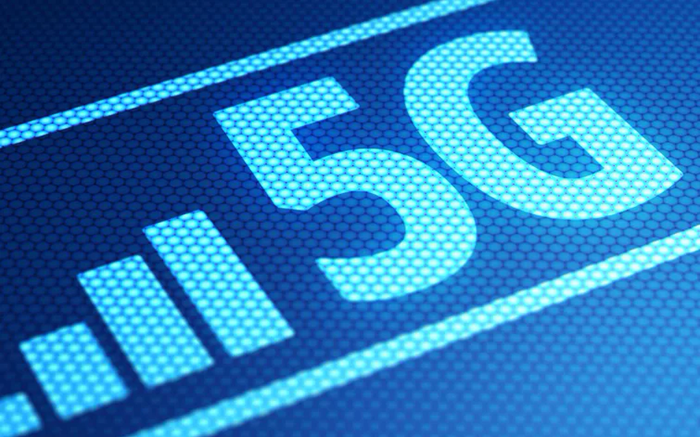You’ve probably seen and heard a lot in the news about 5G service from AT&T. You might be confused by articles and news stories saying that AT&T is starting to roll out 5G, since the company has had 5G for several years. There’s a good explanation for all of it, though. The media hasn’t really done a good job of explaining what’s coming, and that’s left customers confused. So let’s start with the basics.
What is 5G?
5G isn’t just about faster speeds. 5G is a whole new design for cellular communication. It really is a new generation – that’s what the “G” stands for, by the way. 5G is designed to keep the excellent call quality of LTE and build on it by providing more stable, faster data that’s up to the challenge of future needs like self-driving cars and smart manufacturing. We’ve only scratched the surface of what 5G will be capable of; we’ll see more in the next few years.
The big challenge with 5G is that in order to provide faster data, you need a lot more bandwidth. You need to have a range of frequencies that are wider than ever before, so thousands of people can use their 5G devices at the same time. That’s been a challenge. The first 5G frequencies, which we now call ultrawideband or millimeter-wave 5G, are up in the range of 28-30GHz. There’s plenty of space up in that range, but there are problems with using those frequencies. You need a lot of power and the signal dissipates quickly. That’s why the first 5G implementations were in densely populated areas.
The next wave of 5G came by using established frequencies that are already in use for cell phones. By phasing out 3G service, those frequencies can be used for 5G. 5G is more efficient and can deliver better speeds at those low frequencies, but there isn’t enough room to deliver on that promise of blazingly fast, low-latency cellular internet. So, a third range of frequencies were opened up.
Mid-band 5G, that’s what we’re talking about
Cellular carriers are starting a third wave of 5G rollouts using a new range of frequencies in the 3-4GHz range. This new form of 5G promises faster speeds with broadcast range that’s more like today’s cellular data. It’s a “best of both worlds” approach. When you’ve heard about the new 5G rollout in the last few weeks, it’s been this new, mid-band 5G that they’re talking about.
So, now you’re up to speed. There are three different kinds of 5G, and the real question is, will your phone work with them?
Here’s the important stuff
Right now, in early 2022, there aren’t many phones that will support AT&T’s new 5G+ service. But the good news is, there are phones that will do it. When we started talking about this stuff, the general feeling was that you’d have to wait until 2023 for the latest Samsung or 2024 for the latest iPhone. That’s not the case, luckily. But, you do still need a fairly new, fairly expensive phone. Here’s the list as of February, 2022:
- Apple iPhone 12 line
- Apple iPhone 13 line
- Samsung Galaxy S21 line, including the S21 FE
- Samsung Galaxy Z Flip 3 and Galaxy Z Fold 3
- Samsung Galaxy A13 5G
- Google Pixel 6 and Pixel 6 Pro
- Apple 5G iPads (iPad Pro and iPad Mini)
All told, that’s not bad. If you’ve bought a premium phone in the last two years, you’re primed to get the fastest possible 5G. Of course that list is only going to get longer as time goes on.
Need to upgrade?
If you’re ready for a new phone or new line of service, don’t rely on people in the mall! Call the experts at Signal Connect! We can take care of you over the phone, get your service set up and even ship you the phone of your dreams, ready to go. Just call us at 888-233-7563! We’re ready for you during East Coast business hours. We have technicians ready to take care of you.





